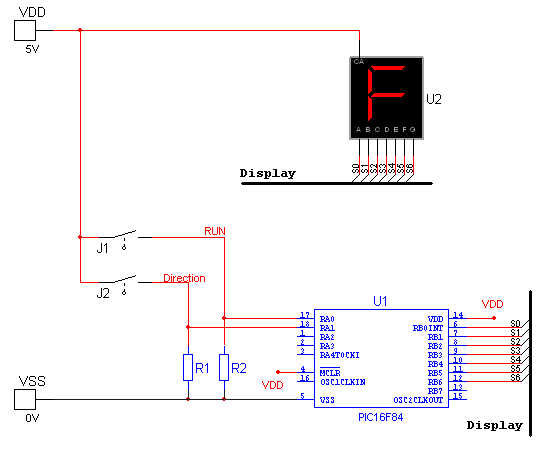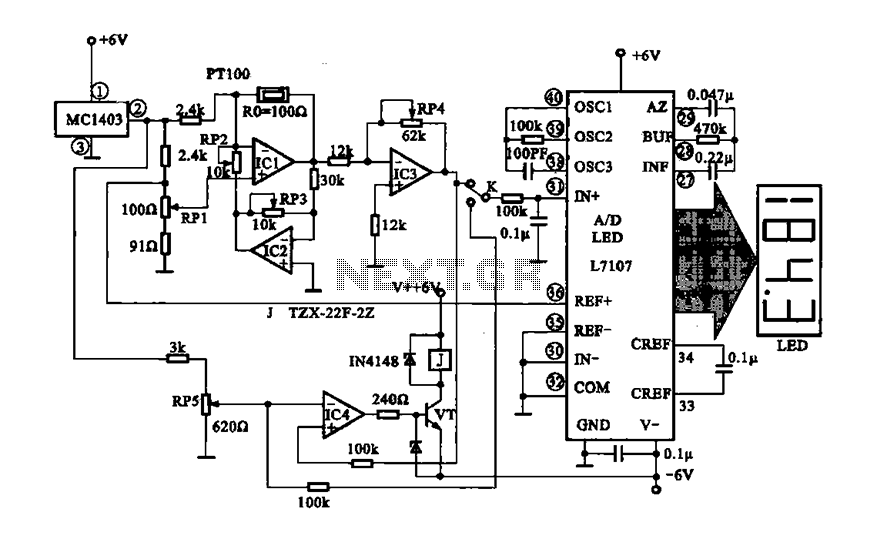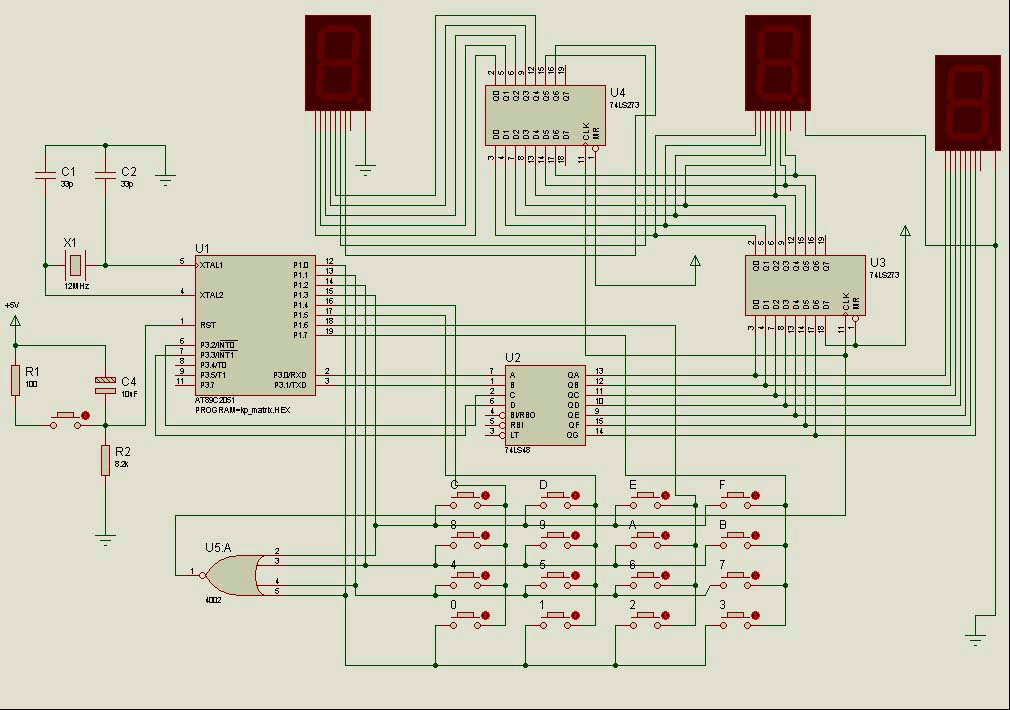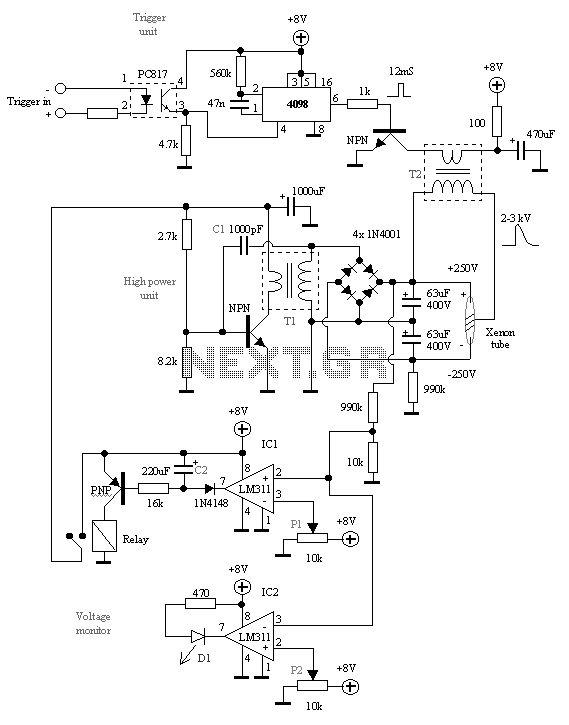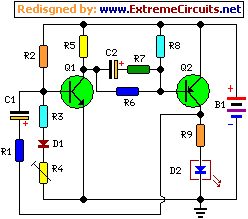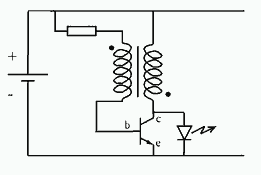
isp flash microcontroller
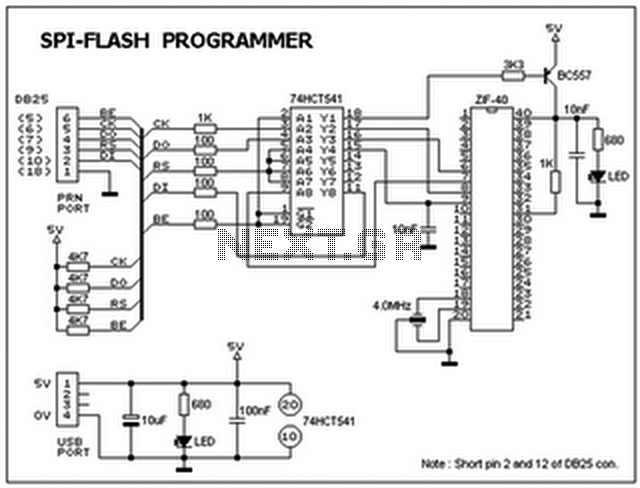
This ISP programmer can be utilized for both in-system programming and as a standalone SPI programmer for Atmel ISP programmable devices. The programming interface is compatible with the STK200 ISP programmer hardware, allowing users of STK200 to employ the software that can program both the 8051 and AVR series devices. The circuit diagram of the in-system programmer interface illustrates that the power to the interface is supplied by the target system. The 74HCT541 integrated circuit isolates and buffers the parallel port signals. It is essential to use the HCT type integrated circuit to ensure compatibility with 3V parallel ports. The circuit diagram of the standalone SPI programmer shows that the power to the interface is provided by the PC USB port, which can supply a maximum current of 100mA. A low-cost USB cable can be used by cutting the connector from one end and attaching a crimp shell connector; the red wire represents 5V and the black wire represents 0V. This programmer circuit is capable of programming the 89S series devices and the AVR series devices that are pin-compatible with the 8051, such as the 90S8515. For other AVR series devices, the user can create an adapter board for 20, 28, and 40 pin devices. The pin numbers indicated in brackets correspond to the PC parallel port connector. It is crucial not to program the RSTDISBL fuse in the ATmega8, ATtiny26, and ATtiny2313, as this will disable further SPI programming, necessitating the use of a parallel programmer to re-enable SPI programming. For fuse settings, refer to the respective device's datasheet.
The ISP programmer is a versatile tool designed for programming Atmel devices in various configurations. It can operate as an in-system programmer, directly interfacing with the target device during operation, or as a standalone SPI programmer, allowing for flexibility in programming environments. The compatibility with STK200 hardware ensures that users transitioning from older programming setups can maintain their workflow with minimal disruption.
Power supply considerations are critical in both configurations. In the in-system programming mode, the target device supplies power, ensuring that the programmer does not interfere with the target's operation. The use of the 74HCT541 IC is particularly important as it serves to isolate and buffer signals from the parallel port, protecting both the programmer and the target device from potential signal integrity issues. The HCT variant is specifically chosen to accommodate lower voltage operations, making the programmer suitable for modern 3V parallel ports, which are common in many contemporary computing systems.
In standalone mode, the programmer draws power from the USB port of the PC, with a maximum current capacity of 100mA. This power source is sufficient for most programming tasks, but users should be cautious of the current draw of the connected devices. The modification of a USB cable to connect to the programmer's circuitry is straightforward, ensuring that the red wire provides the necessary 5V supply while the black wire serves as ground.
The programmer's ability to handle various devices, including the 89S series and pin-compatible AVR devices, expands its utility. Users can create adapter boards for different pin configurations, enhancing the programmer's versatility. The pin mapping provided in the documentation aids in establishing the correct connections to the PC parallel port, ensuring seamless integration into existing systems.
It is imperative to follow the guidelines regarding fuse settings, particularly for devices such as the ATmega8, ATtiny26, and ATtiny2313. Incorrect fuse settings can lead to permanent disabling of the SPI programming interface, requiring a parallel programmer for recovery. Therefore, consulting the respective device datasheet for accurate fuse setting information is essential for successful programming operations. Overall, this ISP programmer represents a robust solution for programming a wide range of Atmel devices in both in-system and standalone configurations.This ISP Programmer can be used either for in-system programming or as a stand-alone spi programmer for Atmel ISP programmable devices. The programming interface is compatible to STK200 ISP programmer hardware so the users of STK200 can also use the software which can program both the 8051 and AVR series devices.
Figure 1 shows the circuit diagram of the in-system programmer interface, the power to the interface is provided by the target system. The 74HCT541 ic isolate and buffer the parallel port signals. It is necessary to use the HCT type ic in order to make sure the programmer should also work with 3V type parallel port. Figure 2 shows the circuit diagram of the stand-alone spi programmer, the power to the interface is provided by the PC USB port which can supply a max of 100mA current.
Get a cheap USB cable, cut the cable other end connector and attach a crimp shell connector to this end, red wire is 5V and black is 0V. This programmer circuit can be use to program the 89S series devices and the AVR series devices which are pin compatible to 8051, like 90S8515.
For other AVR series devices the user can make an adapter board for 20, 28 and 40 pin devices. The pin numbers shown in brackets correspond to PC parallel port connector. Also make sure do not program the RSTDISBL fuse in ATmega8, ATtiny26 and ATtiny2313 otherwise further spi programming is disable and you will need a parallel programmer to enable the spi programming. For the fuses setting consult the datasheet of the respective device. 🔗 External reference
The ISP programmer is a versatile tool designed for programming Atmel devices in various configurations. It can operate as an in-system programmer, directly interfacing with the target device during operation, or as a standalone SPI programmer, allowing for flexibility in programming environments. The compatibility with STK200 hardware ensures that users transitioning from older programming setups can maintain their workflow with minimal disruption.
Power supply considerations are critical in both configurations. In the in-system programming mode, the target device supplies power, ensuring that the programmer does not interfere with the target's operation. The use of the 74HCT541 IC is particularly important as it serves to isolate and buffer signals from the parallel port, protecting both the programmer and the target device from potential signal integrity issues. The HCT variant is specifically chosen to accommodate lower voltage operations, making the programmer suitable for modern 3V parallel ports, which are common in many contemporary computing systems.
In standalone mode, the programmer draws power from the USB port of the PC, with a maximum current capacity of 100mA. This power source is sufficient for most programming tasks, but users should be cautious of the current draw of the connected devices. The modification of a USB cable to connect to the programmer's circuitry is straightforward, ensuring that the red wire provides the necessary 5V supply while the black wire serves as ground.
The programmer's ability to handle various devices, including the 89S series and pin-compatible AVR devices, expands its utility. Users can create adapter boards for different pin configurations, enhancing the programmer's versatility. The pin mapping provided in the documentation aids in establishing the correct connections to the PC parallel port, ensuring seamless integration into existing systems.
It is imperative to follow the guidelines regarding fuse settings, particularly for devices such as the ATmega8, ATtiny26, and ATtiny2313. Incorrect fuse settings can lead to permanent disabling of the SPI programming interface, requiring a parallel programmer for recovery. Therefore, consulting the respective device datasheet for accurate fuse setting information is essential for successful programming operations. Overall, this ISP programmer represents a robust solution for programming a wide range of Atmel devices in both in-system and standalone configurations.This ISP Programmer can be used either for in-system programming or as a stand-alone spi programmer for Atmel ISP programmable devices. The programming interface is compatible to STK200 ISP programmer hardware so the users of STK200 can also use the software which can program both the 8051 and AVR series devices.
Figure 1 shows the circuit diagram of the in-system programmer interface, the power to the interface is provided by the target system. The 74HCT541 ic isolate and buffer the parallel port signals. It is necessary to use the HCT type ic in order to make sure the programmer should also work with 3V type parallel port. Figure 2 shows the circuit diagram of the stand-alone spi programmer, the power to the interface is provided by the PC USB port which can supply a max of 100mA current.
Get a cheap USB cable, cut the cable other end connector and attach a crimp shell connector to this end, red wire is 5V and black is 0V. This programmer circuit can be use to program the 89S series devices and the AVR series devices which are pin compatible to 8051, like 90S8515.
For other AVR series devices the user can make an adapter board for 20, 28 and 40 pin devices. The pin numbers shown in brackets correspond to PC parallel port connector. Also make sure do not program the RSTDISBL fuse in ATmega8, ATtiny26 and ATtiny2313 otherwise further spi programming is disable and you will need a parallel programmer to enable the spi programming. For the fuses setting consult the datasheet of the respective device. 🔗 External reference
